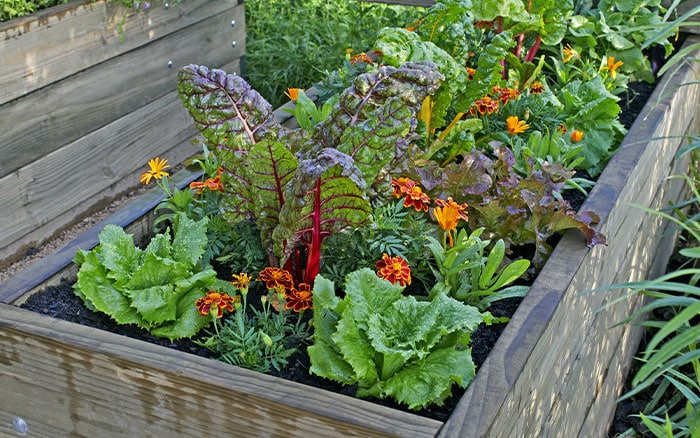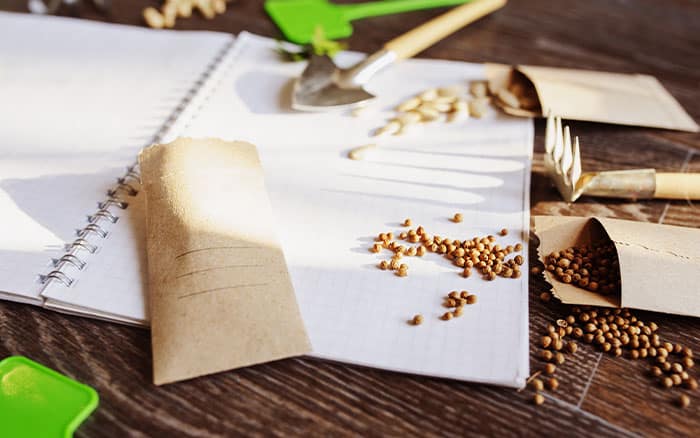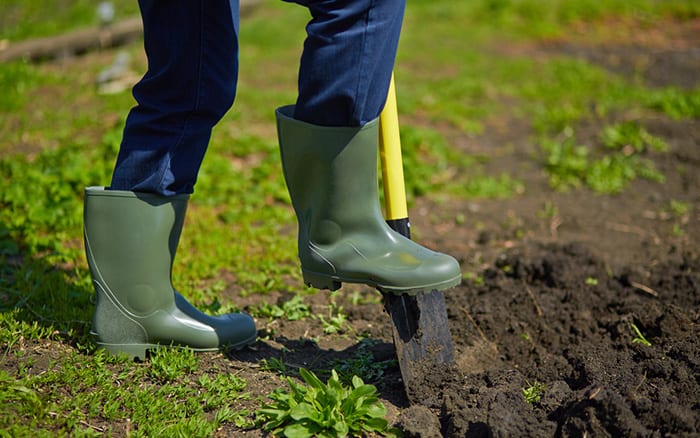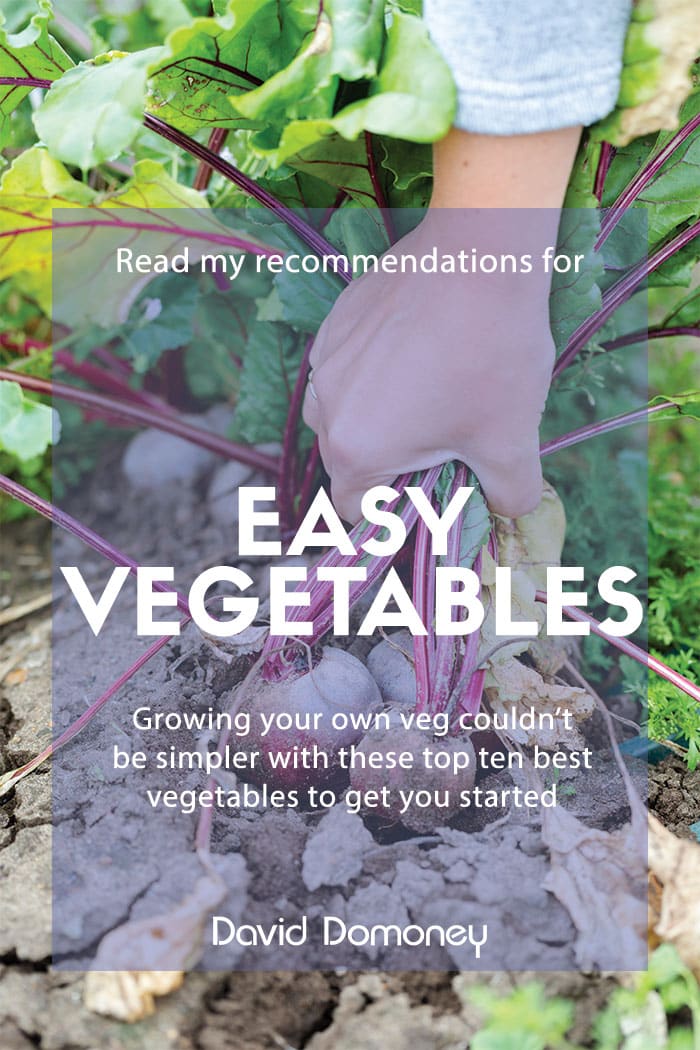Spring is the most exciting time for growing vegetables. The majority of seeds and young plants should be sown and planted over the next few months. With some clever planning, you can have fresh vegetables on the table for months to come.
Growing veg is really easy to do, and once you get the hang of it, you’ll never look back. A little effort now as the season is kicking off will pay dividends later down the line.
Once you start growing, it’s totally addictive. It might start with herbs on the kitchen windowsill or cress and mung bean seeds on your office desk or even your car dashboard.

Pretty soon it’s a couple of vegetable crops in the garden, then a whole veg patch. Before you know it, you’ve got a full-blown allotment! There are few greater rewards than enjoying new potatoes you’ve grown yourself with your Sunday roast, or tasting peas sweet and fresh from a pod picked from your very own plant.
The trick to successful growing is to maximise your harvest, minimise loss to drought, blight and pests and enjoy the fruits of your labour for as long as possible throughout the growing season.
So, here are two of my top tips:
ONE: PLANTING CALENDAR

For starters, draw up a simple calendar. Include sowing, planting out and harvesting times. This helps organise your plantings and stagger your crops, so you’re not overwhelmed.
For example, I tend to leave two-week gaps between lettuce plantings to keep a steady supply. Rocket can be sown outdoors from March until August then harvested until September.
Remember when growing vegetables to also label everything: veg type; seed or plant; date into the ground; and even provisional harvesting date.
Windows of opportunity can vary dramatically depending on what you’re planning to grow. Carrots for instance can be planted outdoors anytime from February until July, then harvested between May and December.
Like carrots, beetroot can go into the ground outdoors in the UK from March until July, then come out anytime between June and October depending on when it was sown.
Tomatoes can be sown in a heated greenhouse anytime from February onwards with the first tomatoes ripening on the vine by July-August. And nothing beats a fresh tomato!

TWO: PREPARING THE GROUND
Preparing the ground ahead of planting is absolutely key. The more effort you put in now, the greater the rewards you’ll reap.
Give your vegetable patch a good fork over at the start of spring to break up the soil, then mix in manure and compost. Right before you sow, rake into a nice loose tilth – a light, crumbly soil structure, perfect for planting seeds.

Removing weeds is also crucial. They will compete with your veg for space, water and food. Therefore, it’s best to get them early. Try not to leave any root or they’ll keep on coming back. Take out the whole root and you can stop them in their tracks.
Some crops are hungrier than others and need extra help. Runner beans like a deep trench full of rich compost and well-rotted manure. Crops such as carrots do better in a soil that has not had too much organic matter added to it.
Check the make-up and pH of your patch to see what will grow best in your soil too.
Those are two important things to bear in mind when growing vegetables at home. By preparing properly, you’ll be well on your way to harvests full of tasty crops to add to your homecooked dishes.
David Domoney is a Chartered Horticulturalist, Broadcaster, and Author. David has worked with a number of the UK’s leading garden retailers as a plant buyer and strategic consultant. With more than 30 years experience, in horticulture, David is as passionate about plants now as he was when he bought his first plant at a village fete.







Leave A Comment